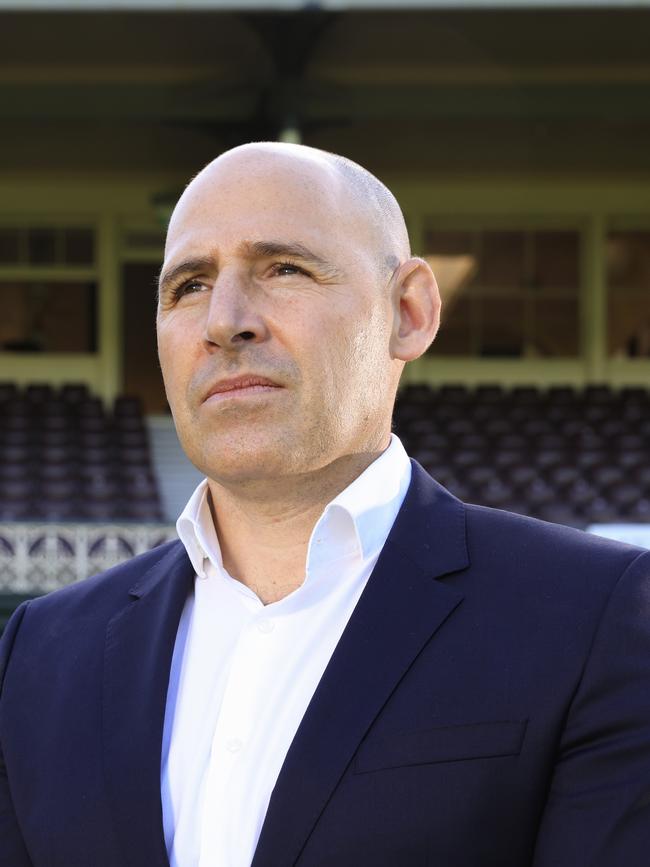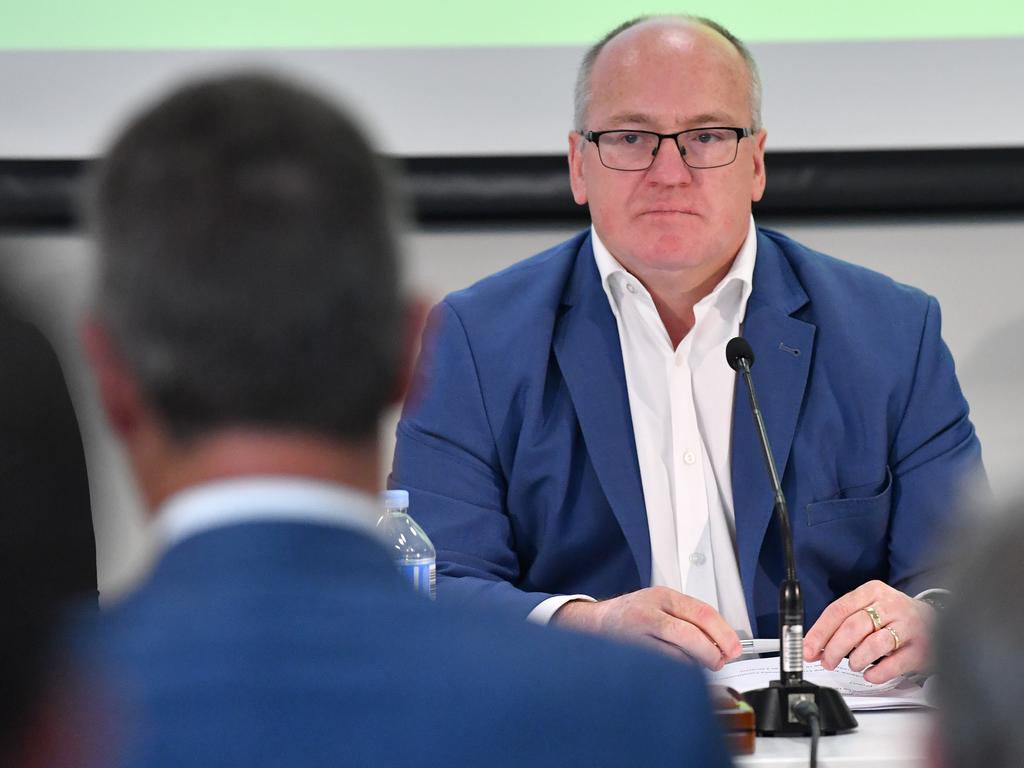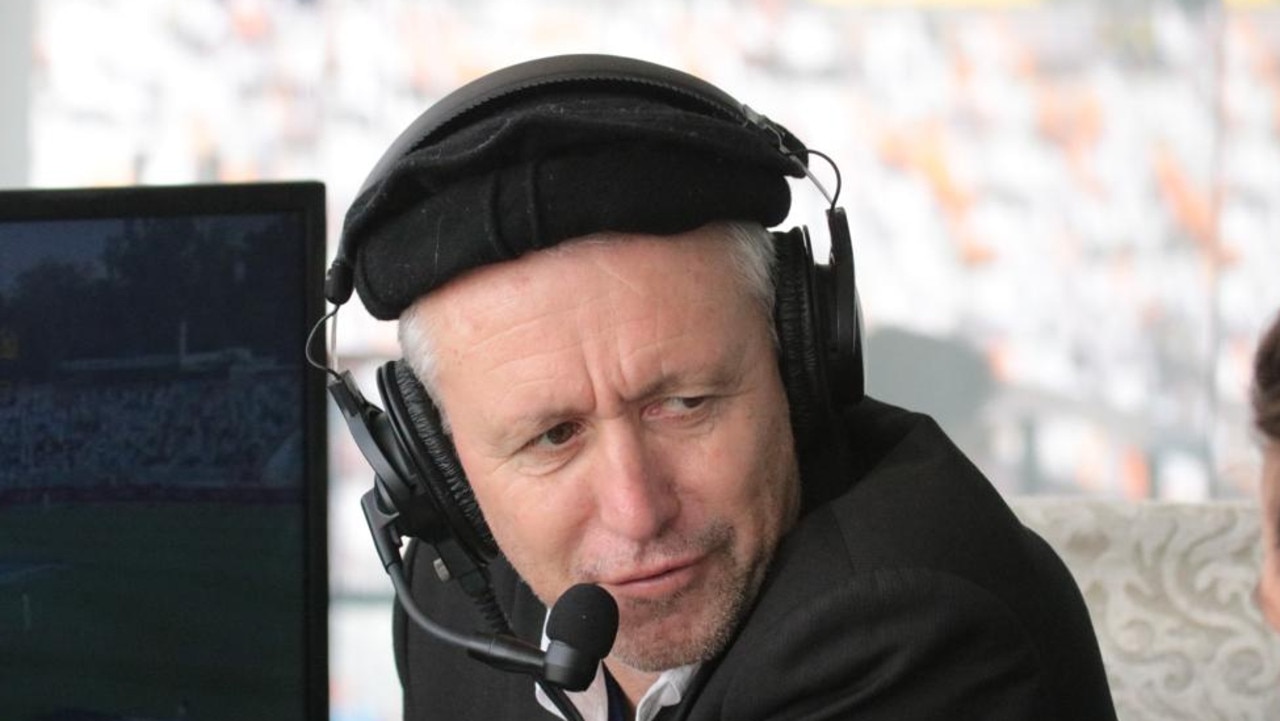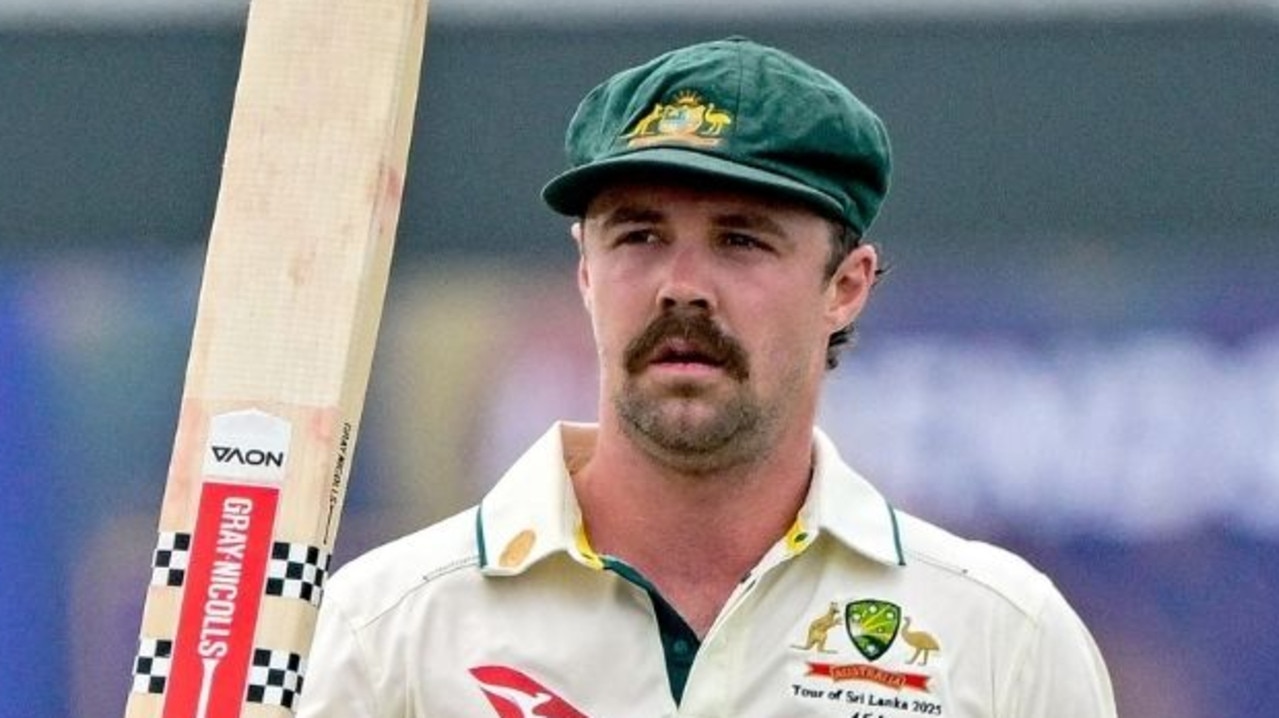Cricket Australia model to avoid pandemic crunch
CA has called together the states and players, with modelling indicating the business will move into debt.
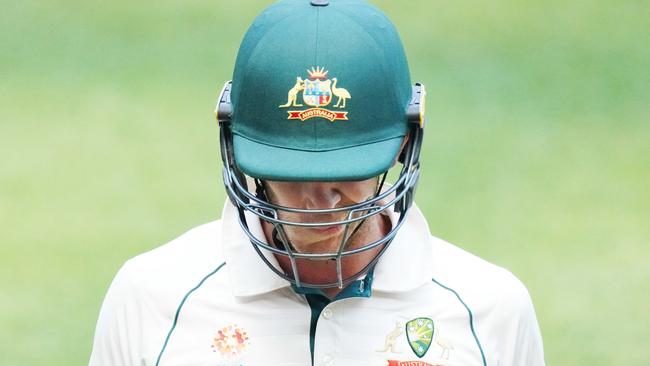
Cricket Australia has denied claims a report by the Boston Consulting Group warns of a bleak financial future. There are fears from some in the game that the report presented this week would be used as a vehicle to claw back allocations to state associations and players, but the response from other stake holders was positive.
The Australian can reveal that a potential clash with players in the forthcoming MOU negotiations may be avoided by suggestions that the current agreement could be extended by another 12 months.
CA does not have a permanent chair since Earl Eddings stood down last month and has had its hands full dealing with the pandemic.
The Australian reported that states and the player’s association were warned there was pressure on cash flows which could run out in the next financial year. CA chief executive Nick Hockley acknowledged the report contained a range of scenarios.
“The primary focus of the report was to provide an independent perspective on strategic options to ensure the long term financial sustainability of the game post the pandemic,” Hockley said in a statement.
The Australian revealed recently that CA had been forced to admit to a $40m shortfall in its budget for the 2022 financial year because a contract with Sony for the Indian broadcast rights had been misread.
CA aims to operate with annual cash reserves around $70m.
“As with all sports it’s been a challenging period through Covid but cricket’s done a phenomenal job in coming together to deliver a full season last year to protect the revenue,” Hockley said.
“We’ve got arguably the biggest summer in the sport’s history coming up. As a sport it is our responsibility to have discussions about the future strategic direction. This week’s meetings have been a constructive part of that process.”
A joint communique from the state CEOs and the Australian Cricketers Association painted a similarly bright picture.
Hockley met Friday with the chief executives of the states and the Australian Cricketers Association. That meeting followed a presentation to 30-odd members of the Australian Cricket Leadership Group by BCG on Thursday.
Reception to the document varied widely but there was a level of suspicion that it was being used as a method to claw back money from allocations to the states and the players.
Others believe it will embolden those pushing for the privatisation of the BBL as a way to revive that product and cover for an expected end to the big broadcasting deals — the last of which injected over $1bn into the coffers.
The ACA and CA are in the preliminary stages of negotiating a new MOU with all parties anxious to avoid repeating the scenario which saw players off contract and tours cancelled during the 2017 dispute.
That ugly, drawn out battle, was resolved when CA backed off moves to only allow elite players a share of the revenue they earn. Under the standing model players receive 27.5 per cent of certain revenue streams and that is divided up to pay state, Big Bash and Australian players, male and female.
The rest of the money is used primarily for allocations to the state associations and the operations at CA.
Traditionally the men’s ODI and Test side has earned the bulk of Australian cricket revenue through sales of broadcast rights, tickets and the like, but women’s cricket is emerging as a significant asset with the WBBL and international series attracting keen interest and strong ratings.
State cricket essentially relies on the funding from above to stay alive. There was grief when head office demanded cut backs last year when the pandemic hit.
Hockley told The Australian’s Cricket Et Cetera podcast that Covid had set the game back $50 in the last financial year.
“It cost us an additional $27 million to put the season over above what it would normally and that’s the charter flights, that’s taking hotels exclusively to create our biosecure bubbles and equally we were significantly down on gate – the Sydney Test we were allowed 25 per cent crowds,” he said.
“The overall hit (cash flow impact) was over $50 million but then when you think back to June last year and what it might have been I think we came through pretty well.”
More Coverage
